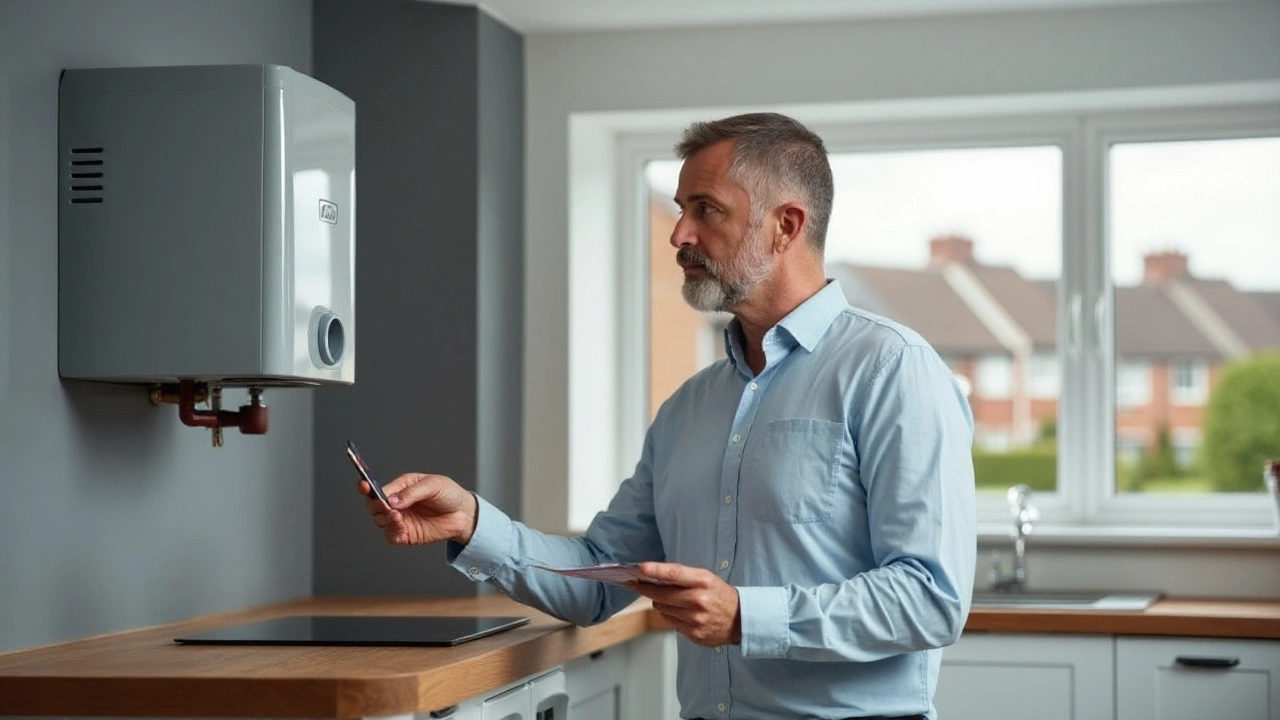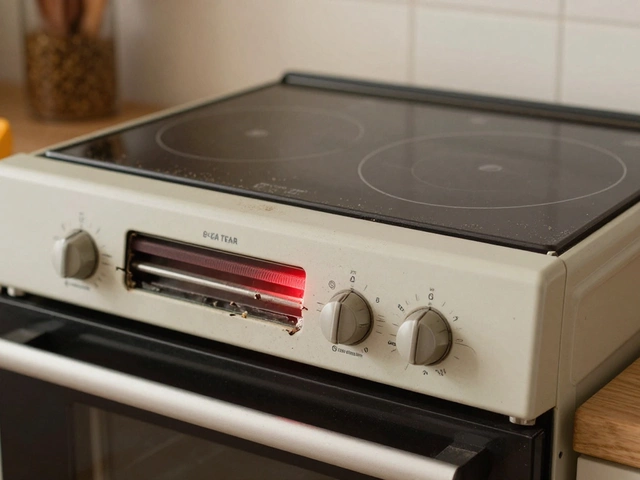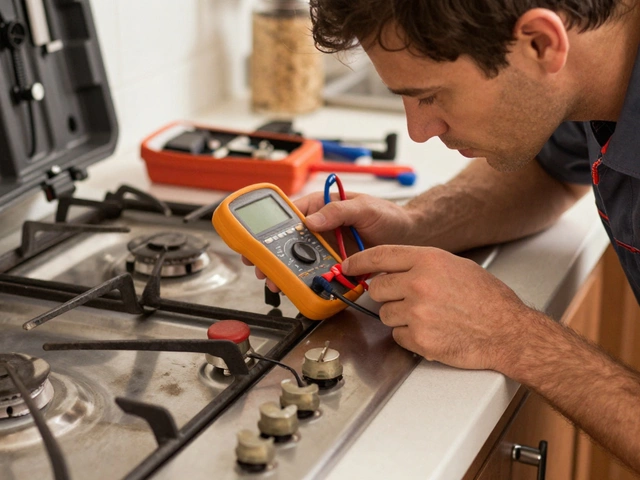Flushing Water Heater – Essential Guide for Warwick Homeowners
When you hear about flushing water heater, the process of clearing sediment from a domestic hot‑water tank. Also known as tank water heater cleaning, it helps keep your hot water flowing and saves energy. You’re actually looking at a key part of water heater, a sealed unit that stores and heats water for household use. Regular flushing stops mineral build‑up, stops strange noises, and keeps your utility bills honest.
Why Maintenance Matters
Every water heater gathers tiny particles of sand, rust, and calcium over time. Those particles settle at the bottom of the tank, forming a layer of sediment that acts like an insulating blanket. The heater then works harder, burns more gas or electricity, and eventually the thermostat can overheat, shortening the unit’s lifespan. A quick annual flush removes the sludge, restores the tank’s heating efficiency, and reduces the risk of a cracked tank – a costly surprise for any homeowner.
Besides the tank itself, the pressure relief valve is another part that benefits from flushing. When sediment blocks the valve, it can’t release excess pressure, increasing the chance of leaks or even a burst pipe. Checking and cleaning the valve while you’re already draining the heater saves a trip later and keeps the whole hot‑water system safe.
Flushing isn’t just for stand‑alone water heaters. Many Warwick homes have combi‑boiler systems that provide both heating and hot water. In those setups, the boiler’s heat‑exchanger can suffer the same sediment build‑up. That’s why a boiler, the central heating unit that may also heat domestic water often needs a similar flush when you’re doing major maintenance or after a replacement. Ignoring the boiler’s internal tank can lead to reduced hot‑water output, strange noises, and higher fuel consumption.
Ready to do it yourself? Here’s a straightforward step‑by‑step plan: 1) Turn off power or gas and close the cold‑water inlet. 2) Connect a garden hose to the drain valve at the bottom of the tank and run it to a safe drainage point. 3) Open the pressure‑relief valve to let air in, then open the drain valve and let the water—and sediment—flow out. 4) Once the flow clears, close the drain, briefly open the cold‑water inlet to stir up any remaining particles, and let it run for a few minutes. 5) Close the inlet, remove the hose, refill the tank, and restore power or gas. After refilling, bleed any air from the system by opening a hot‑water tap until a steady stream appears.
Following these steps will keep your hot‑water supply reliable, lower energy costs, and extend the life of both your water heater and any linked boiler. Below you’ll find a curated set of articles that dive deeper into hot‑water troubleshooting, boiler emergencies, and other maintenance tips you’ll need around Warwick.
Maintaining a water heater efficiently can extend its life and improve performance. A common dilemma for homeowners is whether to flush or drain their unit. This article dives into the differences between flushing and draining your water heater, highlighting best practices, tips, and things to avoid. By understanding these maintenance options, you can optimize your water heater's operation, saving both water and energy in the process.


